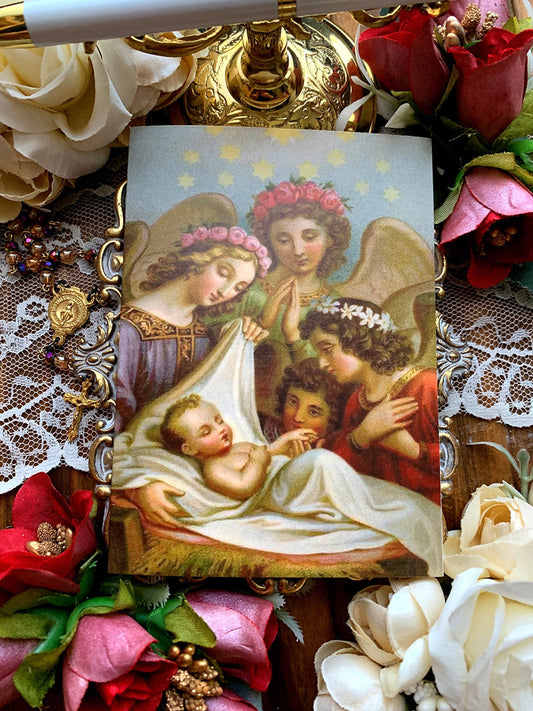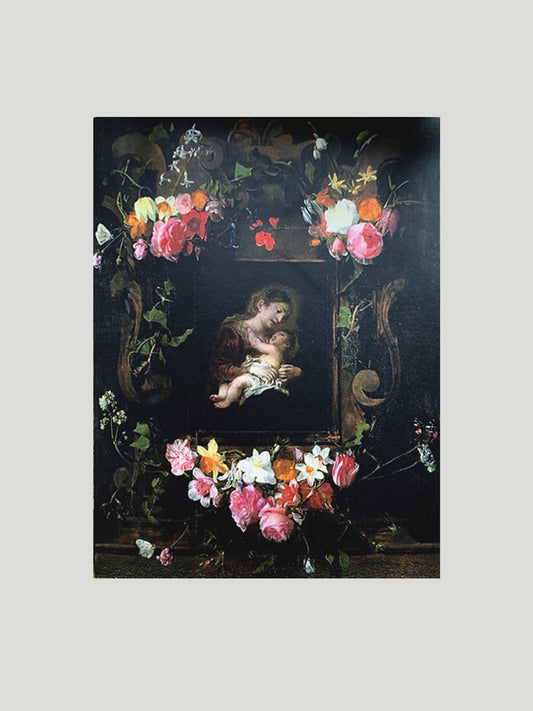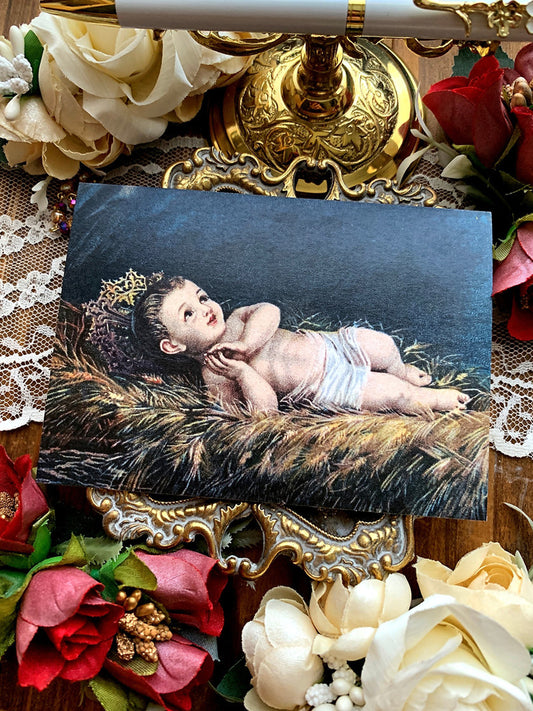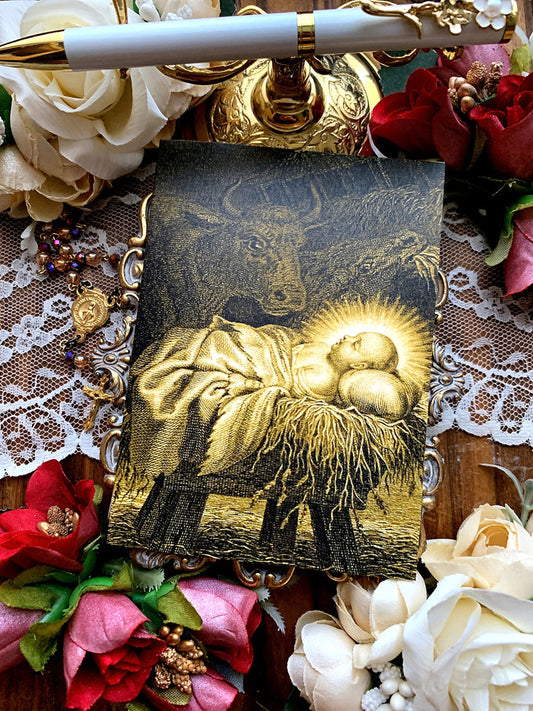 |
|
Saint MatthewOn September 21st, we celebrate the Feast day of Saint Matthew. Tradition tells us that St. Matthew (a.k.a. Levi) was a Jewish tax collector in Capernaum, when he answered Jesus’ call to follow Him (Matthew 9:9). He was one of the 12 apostles and, being the author of the first of the 4 gospels, he is known as Matthew the Evangelist. Known as a Scribe, Matthew’s Gospel is written from the perspective of an educated Jew, who knew the Tora. He knew that Jesus was the fulfillment of the Old Testament promises, and his Gospel was considered the Church’s first catechism. Matthew’s position in society of that day cannot be overlooked. At the time, Capernaum was occupied by Rome, and the Israelites were living under the rule of Caesar Augustus, and were exploited and oppressed by Roman guards. A Jewish tax collector, while earning a very good living, would absolutely have been observed as a traitor. His decision to leave that life behind and follow Jesus would have been something of a conversion experience; an embracing of God’s mercy. We see God’s providence at work in Matthew. His skills and talents were put to use for the advancement of God’s Kingdom. |
St. Padre PioSeptember 23rd is the Feast of Saint Pio of Pietrelcina. Born to an Italian peasant family, from a very young age, St. Pio saw angels and was blessed to speak with Jesus and Mary. He joined the order of Franciscan Capuchins at the age of 15 and was ordained 7 years later. On August 5, 1917, St. Pio received a piercing as in Jesus’ side, which bled for the rest of his life. Soon after this occurred, he received the stigmata in his hands and feet. These wounds would bleed profusely when he celebrated Mass, and they remained until just two days before his death. |





